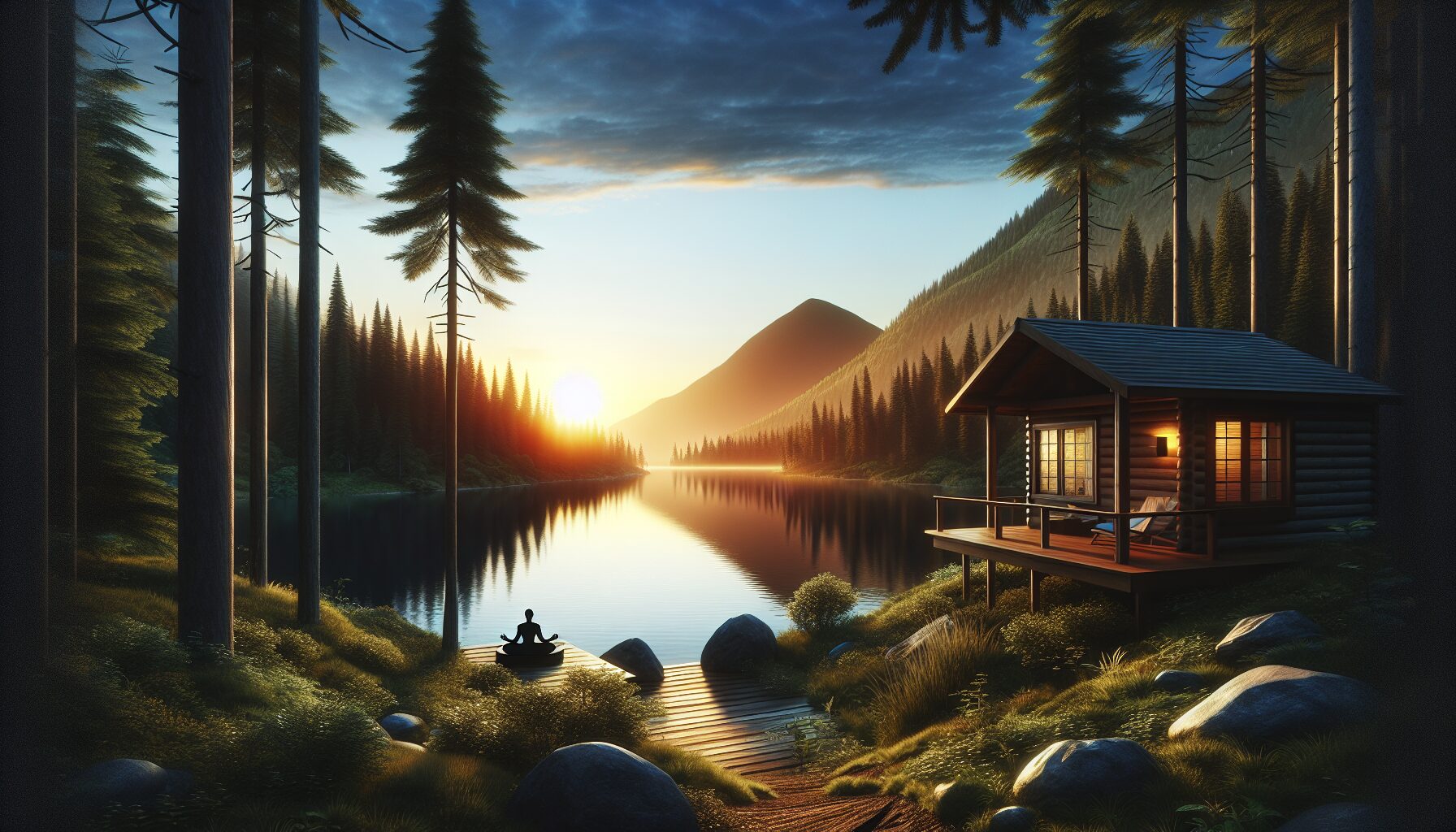In the modern world, where the clamor of daily life often drowns out the stillness of the soul, wilderness retreats have emerged as a sanctuary for those seeking both inner peace and a reconnection with nature. These retreats offer a dual journey: the physical exploration of the great outdoors and the personal exploration of one’s inner landscape.
The Outer Journey: Reconnecting with Nature
Wilderness retreats offer an escape from the barrage of emails, social media notifications, and urban noise. By stepping into the vast expanse of nature, participants can reconnect with the Earth in its most untouched form. Whether it’s trekking through forest trails, meditating beside a tranquil lake, or observing the abundant wildlife, being in nature helps recalibrate one’s perspective.
- Physical Renewal: The physical activities typical of these retreats—such as hiking, rock climbing, and canoeing—are rejuvenating and help improve overall well-being.
- Simplicity: Immersion in the wilderness strips away the extraneous, leaving participants with the essentials and facilitating a focus on what truly matters.
“In every walk with nature one receives far more than he seeks.” – John Muir
John Muir, a naturalist, believed in the restorative power of nature and its ability to provide spiritual nourishment.
The Inner Journey: Self-Reflection and Growth
Just as the external journey allows for exploration and discovery, the inner journey facilitates self-reflection and personal growth. The solitude and silence found in nature provide an environment conducive to introspection. Many retreat programs include guided meditation, mindfulness practices, and workshops focusing on self-improvement.
- Mindfulness: Practicing mindfulness in nature helps individuals become more present in the moment, fostering a deeper connection with themselves.
- Emotional Clarity: Away from the usual distractions, individuals often gain clarity on personal issues and emotional challenges.
“The clearest way into the Universe is through a forest wilderness.” – John Muir
John Muir eloquently captured the notion that immersing oneself in the wilderness can lead to profound personal insights.
Conclusion
Wilderness retreats are more than just a temporary escape from urban life; they are an opportunity to undergo a transformative journey. As participants navigate the dual paths of self-discovery and nature exploration, they often return home with renewed vigor, clarity, and a profound connection to both the world and themselves.

